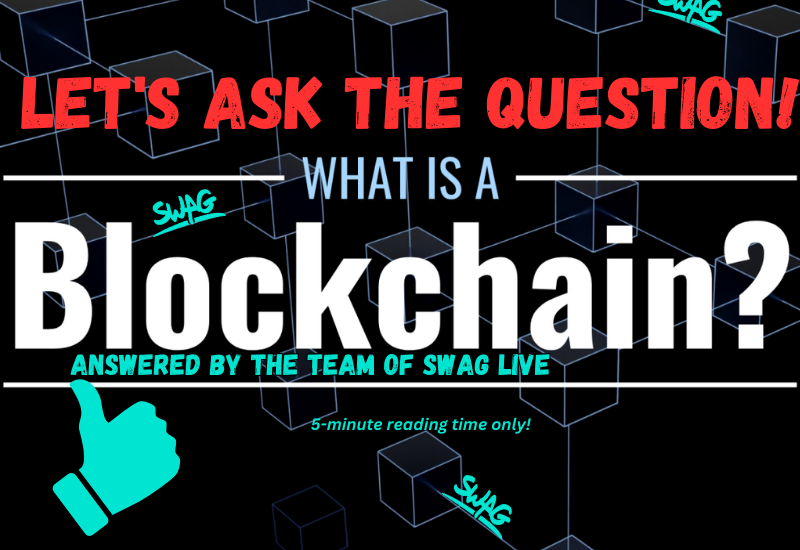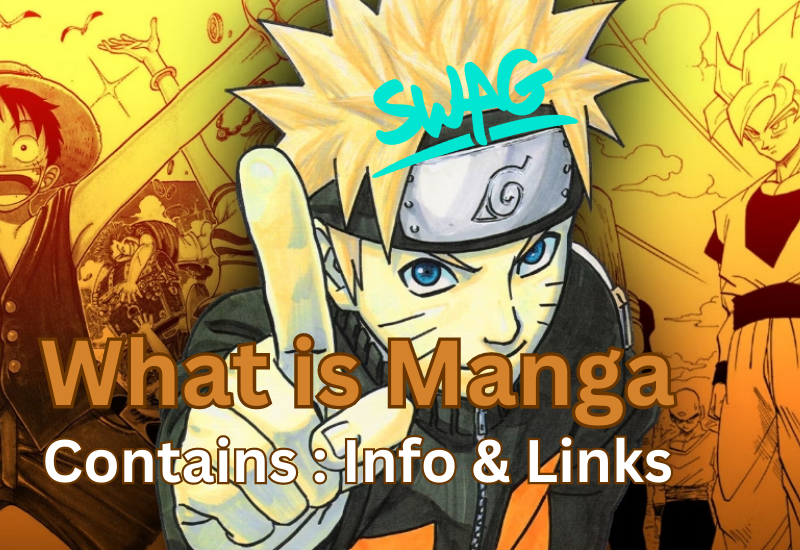Blockchain is an exciting technology that can change industries and empower people. It’s important to understand its basic concepts and keep up with new developments. Whether you’re curious about cryptocurrencies or want to explore opportunities, learning about blockchain is worthwhile. It’s a decentralized and transparent system with great potential. To help you understand it, we’ve created a Simple and Basic Guide that explains what blockchain means. Please note that this guide doesn’t give financial advice or tell you how to buy or sell anything. Its purpose is to provide an easy-to-understand introduction to blockchain. Give it a read, let’s get started!
Let’s give it a go!
Blockchain technology has gained tremendous popularity in recent years, offering new possibilities and disrupting traditional systems. We will explore the fundamental concepts of blockchain and provide a clear understanding of its significance. Whether you’re new to the concept or seeking to deepen your knowledge, this guide is designed to help you grasp the essence of blockchain and its potential applications.

Definition and Core Concepts:
At its core, blockchain is a decentralized and distributed ledger technology that enables the secure and transparent recording of transactions. Unlike traditional centralized systems, blockchain operates on a network of computers or nodes, where each node has a copy of the entire blockchain. This decentralized structure ensures that no single entity has control over the system, enhancing security and resilience. Blockchain consists of blocks, which store a set of transactions, linked together in chronological order, forming a chain. Each block contains a unique identifier called a hash, which ensures the integrity and immutability of the data.
TLDR: Blockchain: Decentralized, distributed ledger tech. Secure, transparent recording of transactions. Nodes hold the entire chain. Blocks store linked transactions in order. Hashes ensure data integrity and immutability. No central control.
How Blockchain Works:
To understand how blockchain works, let’s imagine a scenario where two individuals, Alice and Bob, want to exchange digital assets. When Alice initiates the transaction, it is broadcasted to the network of nodes. These nodes validate the transaction using consensus mechanisms, such as Proof of Work or Proof of Stake. Once validated, the transaction is bundled with other verified transactions to form a block. This block is added to the existing blockchain and becomes a permanent record. As more transactions occur, additional blocks are added, forming an ever-growing chain of verified and interconnected data. The decentralized nature of blockchain ensures that no single entity can alter or tamper with the data, enhancing trust and transparency.
TLDR: Blockchain works by validating and bundling verified transactions into blocks, which are added to a chain. Decentralization ensures data integrity and prevents tampering, enhancing trust and transparency in the system.
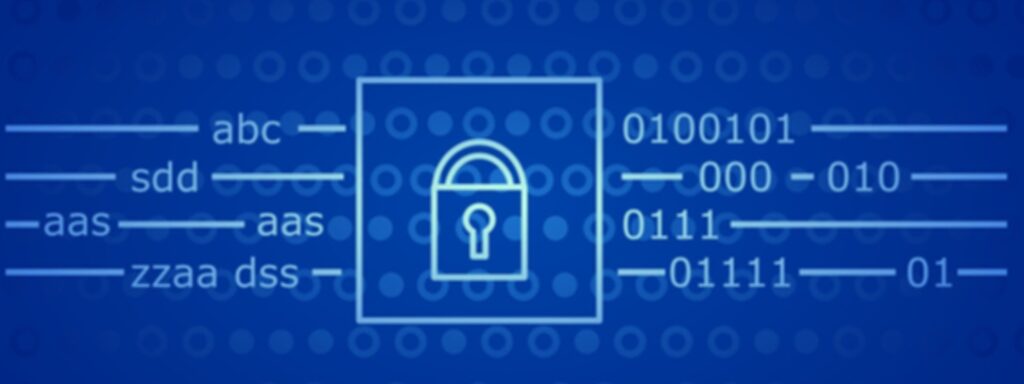
Key Features and Benefits:
Blockchain offers several key features that contribute to its transformative potential. Firstly, blockchain provides transparency, as all transactions recorded on the blockchain are visible to all participants. This transparency fosters trust and accountability, as it becomes challenging to manipulate data without consensus. Secondly, blockchain offers enhanced security through the use of cryptographic algorithms. Each transaction is verified by multiple participants, and once added to the blockchain, it becomes nearly impossible to alter or delete. Additionally, blockchain reduces the need for intermediaries, as transactions are executed directly between participants, streamlining processes and reducing costs.
TLDR: Blockchain offers transformative features. Transparency allows all participants to see transactions, fostering trust. Enhanced security and immutability make data manipulation difficult. Direct transactions reduce intermediaries, streamlining processes and lowering costs.
Real-World Applications:
Blockchain technology extends beyond cryptocurrencies. It has the potential to revolutionize various industries. In supply chain management, blockchain can track the origin and movement of goods, ensuring transparency and authenticity. In finance, blockchain enables secure and efficient cross-border transactions, eliminating intermediaries and reducing costs. The healthcare sector can benefit from blockchain by securely managing patient records and enabling interoperability. Other potential applications include decentralized identity management, voting systems, intellectual property rights, and more. The versatility of blockchain opens up endless possibilities for innovation and disruption.
TLDR: Blockchain extends beyond cryptocurrencies, revolutionizing industries. Supply chains gain transparency and authenticity. Finance benefits from secure cross-border transactions and cost reduction. Healthcare securely manages records. Identity management, voting, IP rights, and more find potential. Blockchain’s versatility sparks innovation and disruption opportunities.
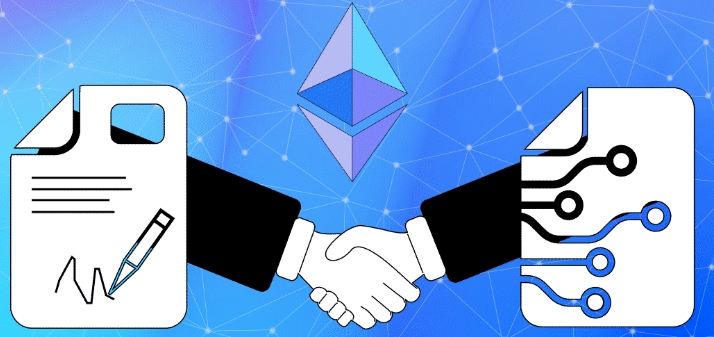
What are smart contracts?
Imagine you and your friend want to make a bet on the outcome of a sports game. You both agree that if your favorite team wins, your friend will give you $20 and if their team wins, you will give them $20. Usually, you would rely on trust and goodwill to make sure everyone follows through with the bet. But what if there was a way to make this process automatic and secure? That’s where smart contracts come in. Smart contracts are like digital agreements that are written using computer code. They are stored on a blockchain. In our betting example, a smart contract would be created with the conditions of the bet. It would state that if your team wins, your friend should send you $20, and if their team wins, you should send them $20. This contract is written in a special language that computers understand.
When the game ends and the winner is determined, the smart contract automatically checks the result and verifies who should receive the money. It then executes the transaction, meaning it transfers the money from one person’s digital wallet to the other person’s wallet. Everything happens automatically and transparently, without any chance of someone cheating or not following through with the bet.
Smart contracts have many other applications beyond betting. They can be used for things like buying and selling houses, making loans, or even creating decentralized apps. The beauty of smart contracts is that they are efficient and secure, and eliminate the need for intermediaries like lawyers or banks.
TLDR: Smart contracts enable automatic and secure agreements stored on a blockchain. In a betting scenario, the contract verifies the outcome and transfers funds accordingly. They eliminate intermediaries and have applications in various areas, ensuring efficiency, security, and trust in transactions.
What does a distributed ledger mean?
Imagine you have a notebook where you keep track of all your expenses. Normally, you would be the only one who has that notebook, and you would write down every transaction you make. But what if there was a special kind of notebook that everyone in your class had a copy of, and whenever someone made a transaction, it would automatically be recorded in everyone’s notebook? That’s kind of how a distributed ledger works!
A distributed ledger is like a digital notebook that is shared among many people. Instead of just one person controlling it, everyone in the network has a copy of the same ledger. Whenever someone makes a transaction, like buying something or transferring money, that transaction gets recorded in everyone’s ledger at the same time. The cool thing about distributed ledgers is that they use special technology to make sure everyone’s copy of the ledger is the same. They do this by using something called cryptography, which is like a secret code that keeps everything secure and accurate. This means that even if one person’s copy of the ledger gets lost or changed, the other copies will still have all the correct information. Distributed ledgers, like blockchain, have lots of uses. They can be used for things like keeping track of who owns what, verifying the authenticity of products, or even voting in elections. By using a distributed ledger, we can make sure that everyone has access to the same information, and no one can cheat or change things without everyone knowing.
TLDR: A distributed ledger is a shared digital notebook where multiple participants have copies. Transactions are recorded simultaneously for all users. Cryptography ensures security and accuracy, preventing tampering. Distributed ledgers, like blockchain, have applications in ownership records, product authenticity, and secure voting, fostering transparency and trust.
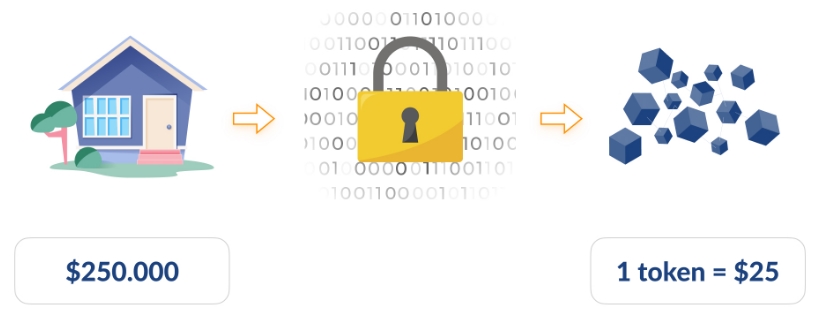
Tokenization is the process of representing value
Tokenization is the process of representing real-world assets or items digitally using tokens. These tokens are recorded on a digital ledger and can be bought, sold, or exchanged. I will explain further.
Imagine you have a pack of playing cards. Each card in the pack represents something of value, like money or a specific item. Now, let’s say you want to share or trade those items with your friends without actually giving them physical cards. That’s where tokenization comes in!
Tokenization is a process where real-world assets or items are represented digitally by tokens. These tokens can be bought, sold, or exchanged, just like trading cards. Each token represents a specific item or value, and it’s recorded on a digital ledger, such as a blockchain.
Let’s take an example of ticket tokenization. Imagine you have a ticket for a concert or a sports event. Instead of carrying around a physical ticket, the event organizers can issue a digital token that represents your ticket. This token is unique and has all the necessary information about the event, such as the seat number and the date. You can store this token on your smartphone or in a digital wallet.
When you want to enter the event, you simply show the token on your phone, and it will be scanned or verified by the event staff. The token acts as proof of your ownership and grants you access to the event. By using tokenization, the event organizers can ensure the security and authenticity of the tickets while providing a convenient digital experience for the attendees.
Tokenization goes beyond just tickets. It can be applied to various assets, such as real estate, artwork, or even loyalty points. For example, in the real estate industry, tokenization can enable the fractional ownership of properties. Instead of buying a whole property, investors can buy tokens that represent a fraction of the property’s value. These tokens can be bought and sold, allowing individuals with smaller budgets to invest in real estate.
In the world of cryptocurrencies, tokenization is widely used to create new digital assets or utility tokens. Companies can issue tokens as a way to raise funds or provide access to specific products or services. For instance, a gaming company might create a token that can be used to purchase in-game items or unlock special features.
TLDR: Tokenization is the digital representation of real-world assets using tokens on a digital ledger. Tokens can be bought, sold, or exchanged and represent specific value or items. It applies to various domains, including finance, supply chain, and loyalty programs, providing efficiency and accessibility.
A last comment…
Congratulations on making it through the explanation of blockchain! I know it may seem like a complex and somewhat boring topic, but understanding it is truly valuable in today’s digital world. So, kudos to you for taking the time to digest this information!
In simple terms, blockchain is like a digital ledger that keeps track of transactions. It’s a secure and transparent way to record and verify information. Just think of it as a fancy technology that ensures trust and eliminates the need for intermediaries. Blockchain has the potential to revolutionize industries like finance, supply chain management, and even voting systems.
By grasping the concept of blockchain, you’ve gained insight into an innovative technology that can reshape how we interact and transact in the future. So, pat yourself on the back for diving into this seemingly boring stuff and coming out with a greater understanding of the digital world we live in. Keep exploring and learning—it’s the key to unlocking endless possibilities!
Resources: What is Crypto, written by Tjeezers, for Swag Live

